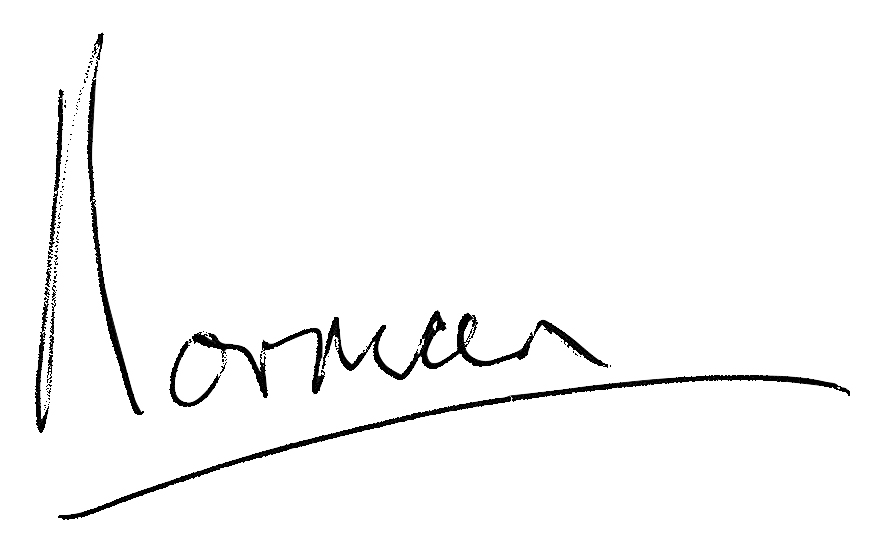norman.comfort@getcomfortable.co.uk, or talk to me on 07530 708125. Let's do this.....
LIFE IS WHAT HAPPENS WHEN……
I’ve been interested in marketing and its business impact for 20 years, focusing on the consumer and how they navigate products and services through branding. I have worked at a senior level on recognisable household brands including Kettle Chips and Black & Red notebooks, then after finishing my MBA, I started offering marketing director support to companies who recognised they needed some extra expertise and resource.
Ten years ago I married Chix, (best move ever) and joined her wine business, The Wine Parlour, to take on a Managing Director role. What an adventure. We saw all aspects of life in Brixton – such an amazing community with so much history. I learnt so much about wine, a little bit about life, and picked up some good stories to tell when sitting in a bar. We closed the business in December 2022 – I am so proud to have been part of that journey.
Today I work for Lotus, a multi-award-winning PR and marketing agency specialising in travel, food and drink. I love my job because I work with brilliant people and I get to combine my passion for wine with my love of good marketing. I spend a couple of days in London, and the rest of the time I’m at home in Norwich.
I have interests in music, coffee, chess, food and wine of course. I have a 1965 VW Californian split-screen campervan. I am a Norwich City FC supporter. Chix and I have a dog called Fino, he was born in Norfolk and is named after one of our favourite wine styles. He is a boarder terrier, poodle, (father) and bichon frise, ihasa (mother) cross. Fino loves being in my home office – we love him completely.
We love to travel. In 2019 we spent eight weeks moving across Hong Kong, New Zealand, California, and New York. In the summer of 2020 we spent ten weeks in our camper traveling through France, Italy, Switzerland, Germany and Holland mainly exploring wine regions and meeting winemakers. It was the perfect back drop from which to begin my WSET Wine Diploma. In May 2022 we took a ferry to Santander and from there travelled to Rioja Alta and followed the Douro Valley to Porto before exploring Portugal and Spain! Next year we plan a shorter trip to Scotland to explore the west coast and the many whiskey distilleries that define that area.
If you would like to talk to me please feel free to get in touch – I would love to hear from you.


